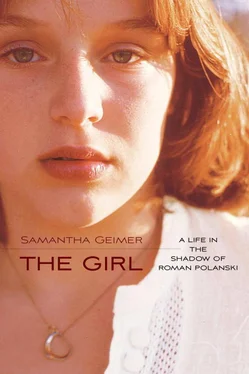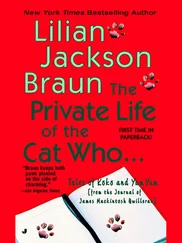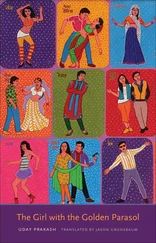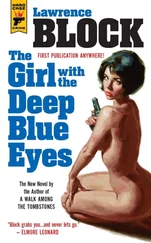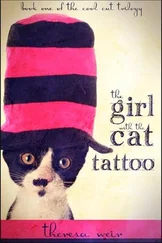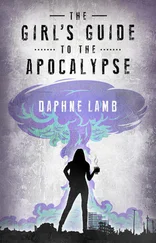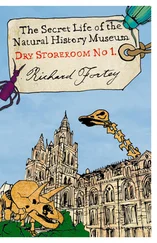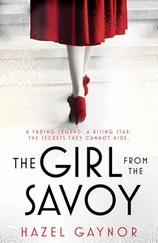What I remember of the Holi was running and dancing and being sprayed with colored rose water in a park. But that wasn’t the main point. Kathy and Bruce were followers of Guru Maharaj Ji (now known as Prem Pal Singh Rawat), who preached that an individual’s need for fulfillment can be satisfied by turning within to connect with a constant source of peace and joy. Here’s a taste of him:
This universe is amazing, but the fascinating thing is not understanding this universe, but understanding that what powers the universe happens to be within us right now, and we can experience it. And when you do, you are filled with peace, with clarity, with joy.
This is when you experience the truest, truest happiness.
Call them cults, or call them personal growth movements: Today people tend to forget how many intelligent, well-educated people were experimenting with them at the time. My mother, for example, consumed therapies like potato chips—Gestalt, Fritz Perls, J. Krishnamurti; she loved the idea of change, of growth. (On the other hand, my father Jack once said to her, “I don’t want to grow. I’m grown. I like myself the way I am”—which was probably the beginning of the end of their marriage.) She also spent a weekend at the Esalen Institute in Big Sur, California. Popularized as an iconic weekend of free love in the 1969 film Bob & Carol & Ted & Alice and preaching “the continual exploration of human potential,” the Esalen movement counted among its followers Buckminster Fuller and Linus Pauling. It was good to be a seeker of truth, and if the truth was found by listening to some guy who was, say, an itinerant banjo player before deciding he was God, well, so be it. (That would be Mel Lyman, who founded the Fort Hill Community, a transcendentalist hippie commune based in Boston that more or less declared him a messiah and his music sacred. It attracted a number of wealthy and influential followers until the desire to rob banks began to take precedence over seeking world peace.)
Whatever you may think of it, at a time of chaos in our personal lives, Guru Maharaj Ji gave my family comfort. And while at fourteen I was by no means attuned to his teachings, just being in this environment gave me a sense that you could transform the bad things in your life into a chance to learn—and transcend the badness.
After the Holi we came back to Woodland Hills and I celebrated my birthday with family and a few friends—Steve, Terri, and a new boy who was vying for my attention and helping me get over Steve. But it was a subdued occasion, with my mom trotting out the giant carrot cake, complete with orange-frosting carrot on top, that made its appearance on all festive family occasions.
For Easter break, I flew back to York, Pennsylvania—a glorious break, really. Everyone assumed that the night with Polanski was an event that would make me shy away from sex for years. That’s what people expected, and seemed to want. The contrarian in me rebelled. I met and befriended John, the boy (almost literally) next door, a cute, shaggy Shaun Cassidy–like strawberry blond who seemed to adore me as soon as we met. After the last awful month, which included not only Roman but also being dumped by the first boy I cared about, this is what I needed. An evening of making out on the porch on April 1 led to a gift—a cross on a chain—the next day, which led to drinking, getting stoned, and wonderful sex—a first—that night. There is something so earnest and yet sexy about getting a cross as a present.
I was barely fourteen, and I suppose I should have felt guilty. I didn’t. I felt I deserved to wash away the bad experience with a good one, and John was the equivalent of a long, hot shower. My father was furious when he found my friend’s rolling papers at my house, but he softened on my last day there. We all came over to my house and watched George Carlin on television. I left the next day to face all the problems at home. But at least I was feeling hopeful about the summer.
As difficult as it was to head home and face more of Roman’s denials, and more vilification of me and my family, it was nevertheless my best year in school. My drama club teacher, Mr. Mallot, was my favorite: he really liked me, and even though I was no one’s idea of a rising star—I tended to get the roles of stenographers and chorus girls—drama felt like a safe, comfortable place to be. (Which seems to be some sort of eternal verity for school outcasts, as anyone who lives for Glee can confirm.)
Other teachers were also, shall we say, alternative. One of my teachers filled her thermos with so much booze we could smell it across the room, and at least one of the teachers dealt pot to supplement his dismal high school income. (In the late 1970s, pot was quite a different drug than it is today: much weaker, sort of like a hefty glass of wine that would give you a gentle rainbows-and-sunflowers high, as compared to today’s considerably more powerful hallucinogen.)
In fact, even the teacher/student relationship was wildly different than it is today. Our relationships with teachers were warmer and fuzzier—and yes, as we got older, they sometimes crossed the line. But even when there were instances of creepiness, there was generally not a sense of criminality. In fact, not just teacher/student, but any relationship where there was an obvious power imbalance—as with myself and Polanski—well, those kind of relationships were not as frowned upon then as they are today.
I had reason to think about this recently while reading about the case of widespread sexual abuse in the 1970s and 1980s between teachers and students at Horace Mann, an elite New York City private school. One revered teacher, a professor of English as well as a chaplain and cross-country coach, who was accused of having sex with numerous boys, is now eighty-nine and lives in Santa Cruz, California. He explained his behavior to the New York Times . “The only thing I can assure you of was that everything I did was in warmth and affection and not a power play,” he said. “I may have crossed societal boundaries. If I did, I am sorry.”
It’s interesting, his choice of words. If you’re the wrong age—too young, too old—you would read this and think, What a load of self-justifying horseshit. But if you hit that sweet spot—if you were anywhere from thirteen to forty-five in the 1970s—you could understand he really meant it, believed it, and even lived it without calculation or malice. There was something considered generally positive about erotic experience then, even in the absence of anything beyond the sex itself. The idea was that emotional growth came about through an expanded sexuality—for both the person in power and the relatively powerless. This is important to consider, because this is the cultural paradigm Roman Polanski was sopping up in 1977. As wrong as he was to do what he did, I know beyond a doubt that he didn’t look at me as one of his victims. Not everyone will understand this, but I never thought he wanted to hurt me; he wanted me to enjoy it. He was arrogant and horny. But I feel certain he was not looking to take pleasure in my pain.
But I was in pain. I still remember an afternoon soon after the rape, when I was feeling… I guess I would say “bottled up.” I took out a razor blade, and started making teeny, tiny cuts on the inside of my wrist. Not enough to do any real damage, just enough to hurt. Those pinpoints of blood made me feel better. They also gave me an excuse to get attention from Steve, whom I still wanted. I made him swear not to tell his mother, which of course he did, which prompted a call to my mother, and it was completely embarrassing because I had no intention of killing myself. But looking back, using that physical pain to dull my emotional pain was exactly what I was doing. I understand “cutting”—and I can comprehend why girls do it.
Читать дальше
